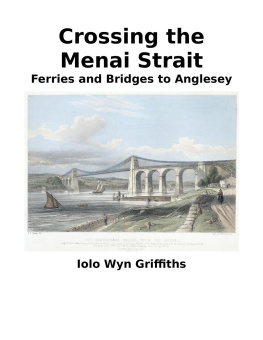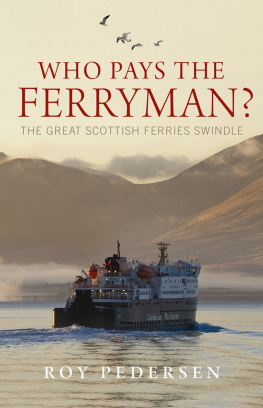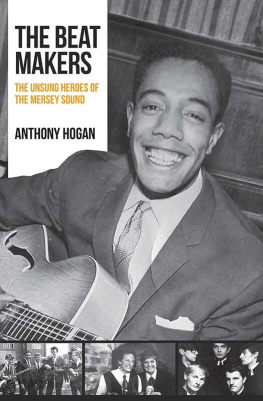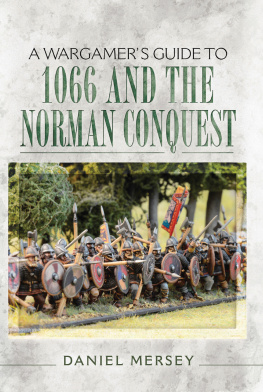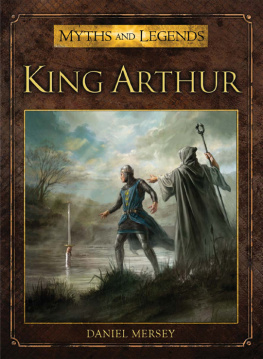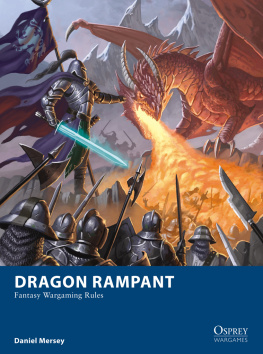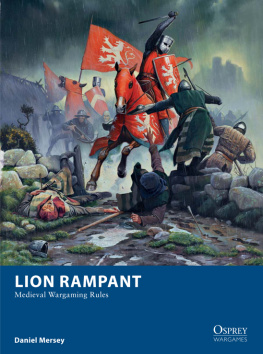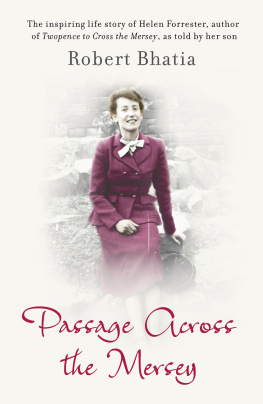The New Brighton and Seacombe ferries with the Liver Building in the background.
First published 2013
Amberley Publishing
The Hill, Stroud
Gloucestershire, GL5 4EP
www.amberley-books.com
Copyright Ian Collard, 2013
The right of Ian Collard to be identified as the Author of this work has been asserted in accordance with the Copyrights, Designs and Patents Act 1988.
ISBN 9781445613338
EBOOK ISBN 9781445613451
All rights reserved. No part of this book may be reprinted or reproduced or utilised in any form or by any electronic, mechanical or other means, now known or hereafter invented, including photocopying and recording, or in any information storage or retrieval system, without the permission in writing from the Publishers.
British Library Cataloguing in Publication Data.
A catalogue record for this book is available from the British Library.
Typeset in 9.5pt on 12pt Celeste.
Typesetting by Amberley Publishing.
Printed in the UK.
Contents
CHAPTER ONE
Birkenhead Corporation Ferries
The name Mersey is first given to the river at a point east of Stockport, where three streams meet to make the river. They are the Goyt, the Etherow and the Tame, and from Stockport the river runs through Cheadle, Gatley, Northenden and Sale and over a weir to become part of the Manchester Ship Canal. It finally flows from the Canal at Rixton Junction and over Woolston Weir, where it becomes tidal, passing through Warrington, Runcorn and Widnes.
In 1150 a Benedictine priory was established on the Wirral Peninsula, on a headland of birch trees, when Hamon de Mascy granted the lands to the Order of St Benedict. A number of monks moved from Chester, becoming the first inhabitants of Birkenhead, which was described as the little headland of the birches. To reach the Mersey, the monks had to travel across a swamp, and through a thick forest which was infested with wolves and wild boar. The monks were known for their hospitality and a priory was built next to a landing stage on the river, near Woodside. The priory was visited by Edward I in 1275 and again in 1277, and by 1284 the road was diverted from the ferry as the priory could not cope with the demands made on it by the travellers. A petition was sent to the king, informing him that they were burdened beyond their resources as the visitors placed a strain upon the priorys funds.
In 1318 houses were built to accommodate travellers who were delayed by adverse weather from making the ferry crossing and became guests of the Prior, who was now able to charge for his hospitality. The boats used to ferry people across the river were often small rowing or sailing craft which were unable to cope with the strong tides and weather encountered on the River Mersey. In the charter of 1330, Edward III granted the Prior and Priory of Birkenhead and their successors forever the passage over the arm of the sea, as well for men as for horses and other things whatsoever, and might receive for that passage as might be reasonable done, without molestation or hindrance, and the rights to make reasonable charges. However, following the Dissolution of the Monasteries in 1536, the monks were forced to leave the priory and their lands were confiscated by the king. In 1544 they were sold to Ralph Worsley, who was granted the title of lord of the manor. The chapter house was used as a church and the other buildings were converted to dwellings.
There were various disputes in the sixteenth and seventeenth centuries between the burgesses of Liverpool and the Powell family, who were the owners of the Woodside ferry. By 1626 there were ferry houses at Eastham, Woodside and Seacombe in which ferry passengers could shelter while they waited for the boat. After the Powell family died out, the estates were sold to Alderman John Cleveland in 1713, and a boathouse and quay were built at Woodside landing stage. The Price family acquired ownership of the Woodside ferry in 1716 and they leased it to a number of tenants. Ferry services from Rock Ferry were recorded in 1709 and by 1753 there were at least five ferry houses, at Ince, Eastham, the Rock, Woodside and Seacombe. A service from New Ferry was recorded in 1774.
Elizabeth, a small wooden paddle steamer, was introduced in 1815 on a service from Liverpool to Runcorn. She was owned by a syndicate managed by Lieutenant Watson and was engaged on the service for only a year, as she was unsuccessful because of opposition. Ancient Briton was operating on the Runcorn service in 1819 and was described as the swiftest packet on the River Mersey, and her engine is constructed that it cannot possibly be forced past its usual speed. The only communication with the safety valve is a chain instead of a rod of iron; therefore no weight can be placed upon it to prevent the overplus of steam escaping. The Runcorn Steam Packet operated the Earl of Bridgewater, Manchester, Sultan, Greenock, Egerton, and Tower. The company was put up for sale on 1 February 1854 and was purchased by the St Helens Railway & Canal Company for 920. The steamer Duke of Wellington and Prince Regent operated a service to Ellesmere Port and the Bridgewater Navigation Company owned a number of paddle steamers, including Countess of Ellesmere.
There are records mentioning a ferry at Eastham as early as 1509. Samuel Smith introduced the first steamer, Princess Charlotte, in 1816. Lady Stanley was followed by Maria, Sir Thomas Stanley and William Stanley. The innkeeper Henry Nicholls operated the Royal Tar, Eastham Fairy, Lochlomond and Clarence in 1847. Albert was introduced to the Eastham service in 1861, Toward Castle followed and the Thomas Royden was purchased from the Egremont Steam Packet Company in 1857. Eastham Fairy and Swiftsure were built in 1861, and were joined by Richmond two years later. They were owned by Henry Gough, who took over the Sprite and Sylph from the Mersey River Steamboat Company. Wasp, Fairy Queen, Gipsey Queen and Athlete were operated by Thompson and Gough and Onyx was placed on the service in 1897. Pearl, Ruby and Sapphire were on the Eastham service from 189798, and were followed briefly by the Eagle.
In 1815 Francis Richard Price sold land fronting onto the river at Birkenhead, and the area was developed with the construction of new houses. The number of passengers travelling on the ferry increased and the paddle steamer Royal Mail was placed on the service from Woodside to Liverpool. A reference to a ferry across the river to Wallasey came in an 1819 newspaper article about the sailboat ferry from Liverpool to the magazine. The Hero and Paul Pry are also recorded as calling at the magazines on their service from Hoylake to Liverpool, and the Sir John Moore, a wooden vessel built in Dumbarton in 1826.
The population of the Wirral continued to increase in this period and a new half-hourly ferry service by the Etna, from Tranmere to Queens Dock, was introduced on 17 April 1817, and the steam ferry was introduced on the Woodside service in 1820. The first steam ferry was named Etna and was designed by George La French, the Danish lessee of a hotel in Birkenhead. Etna was described as two flats decked over, with a paddle wheel between. In 1822 the usual type of twin paddle vessels superseded the sailing craft on the Woodside Ferry. When Hugh Williams took over the lease of the ferry, he insisted that the services ran regularly at hourly intervals and that the captains should not abandon their passenger carrying duties in favour of a towing or salvage job. The early steam vessels represented the transition from sail to steam. A mast and sails were retained, but the tall, thin funnel just abaft the paddle boxes foreshadowed the dominance of steam. Two iron-built vessels,



